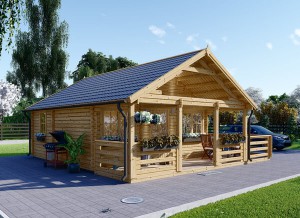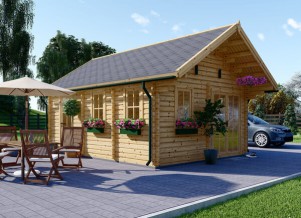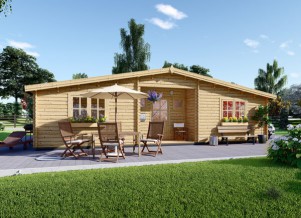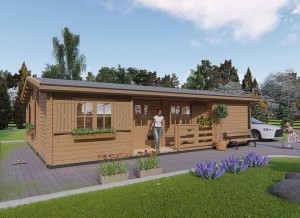Log cabins may have become very popular recently, however they have been around for thousands of years. Log cabins have a vast history and are known to have existed for thousands of years. No doubt, over time, they have evolved to a more modern look, as earlier they were just a small shelter from the elements.
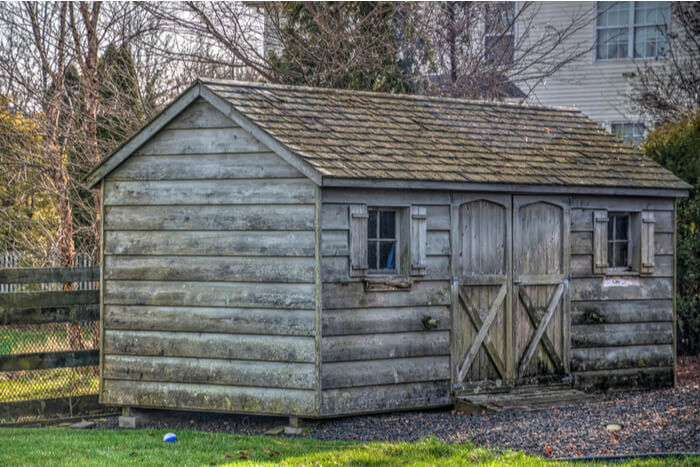
Everyone knows about the pros of residential lodges that are built today, although how many of us know their past? In this blog, we will explore the history of the log cabin.
It is thought that the first timber lodges were built as early as 5000 years ago in Northern Europe. Some believe that they appeared in America in the 1630s, built by the Scandinavians who had come to colonize the area, which was later known as Delaware. Some think that the McIntyre Garrison (York, Maine), constructed between 1640-1645, is proof that the New England colonists learned how to construct cabins themselves. It is also believed that it came from Germany and was brought to America by either the Morovians, in Pennsylvania, or by the Mennonites in the 18th century. When many settlers started moving towards the West after the Revolution, they found vast forests in Kentucky, Tennessee and the Northwest Territory, log cabins became homes to many woodsmen. The exact origins of the timber lodge are still unknown.
British Settlers who needed shelter from the elements and did not know ancient building construction turned to timber lodges. At first these lodges were constructed by stacking tree trunks on each other and then interlocking the ends with notches. They were placed on foundations which allowed for some extra storage and kept the cabin dry from the ground. Such cabins with one or two rooms became the standard American pioneer homes.
In December 1839, a pro-Democratic Party columnist tried to make fun of the Whig Party presidential candidate, William Henry Harrison, by telling everyone that he lived in a log cabin (click here), after this, the log cabin became a political icon. Harrison won the 1840 election as the “log cabin candidate”. Other “log cabin presidents” include Andre Johnson, James Garfield, James Buchanan, James Polk, Millard Fillmore, and Abraham Lincoln. Theodore Roosevelt tried to make this connection by saying he lived in a log cabin as a cowboy.
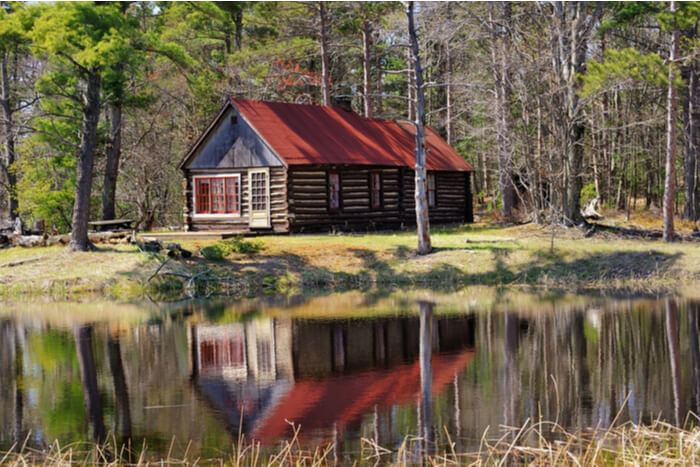
Log cabins were a symbol of the pioneer spirit, hard work, and humble beginnings. It showed that in America anyone, no matter what their origins are, can become a president. Log cabins became a hit in cultural aspects as well, such as the toy – Lincoln logs, Log cabin syrup, and the Log cabin Republican Party.
After sawmills and railroads had become mainstream, it was easier to make larger log cabins and transport them. After the Revolutionary war the boundary of the United States spread west, meaning that log cabins became churches, mills, schools and basically every type of building.
Nowadays in Europe, log cabins are a popular structure in people’s garden being used as a workshop or summerhouse. They have come a long way since their first use thousands of years ago. Log cabins serve many purposes and can be used as residential cabins, gazebos, extra storage or as a garage. The best thing about log cabins is that they never go out of style!

